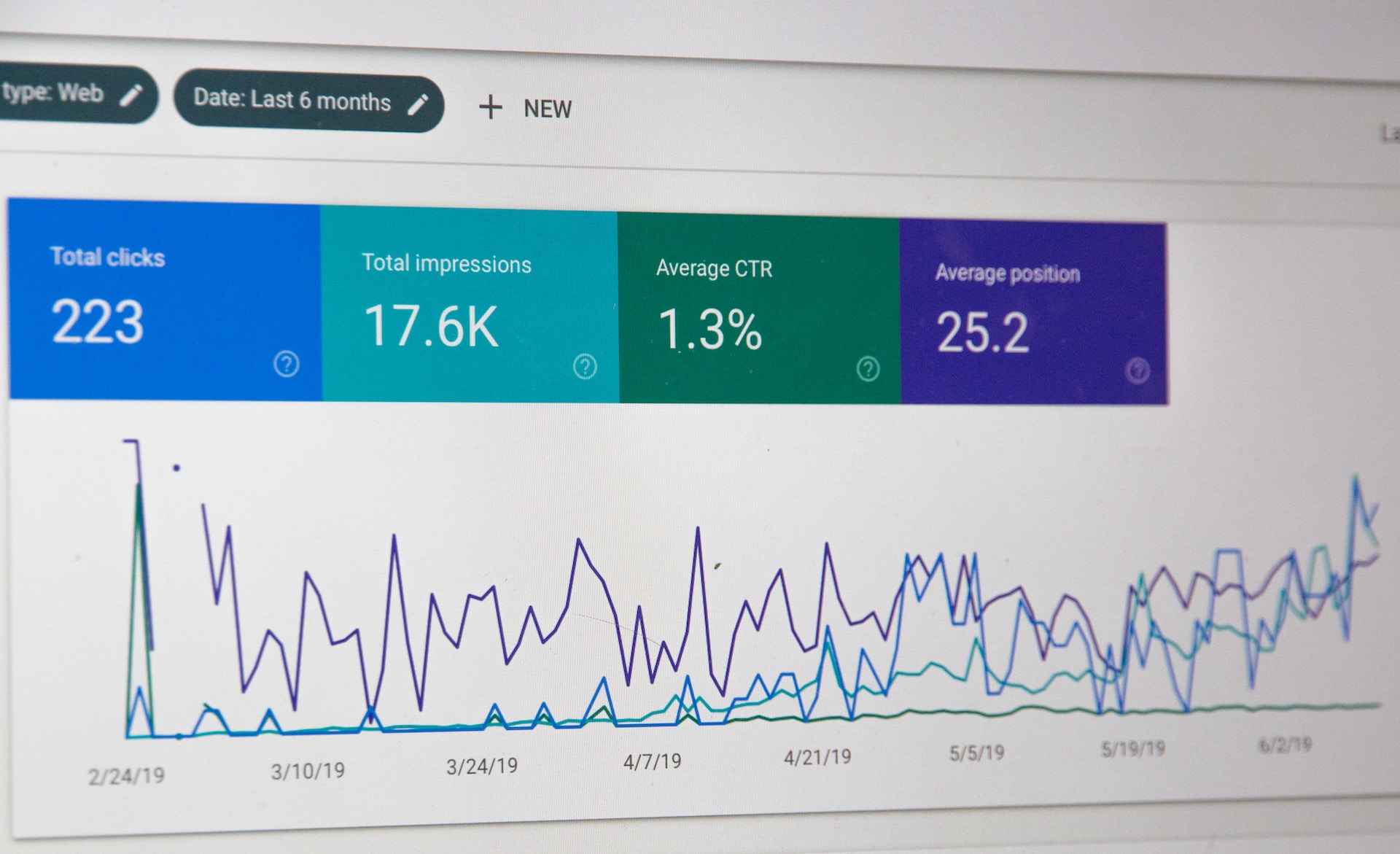Many businesses find that a well-crafted television advertisement is an effective way to reach their target audience. However, TV advertising can be expensive and requires extensive testing for the best results.
Traditionally, linear TV has been a blunt instrument – able to drive awareness and brand lift but not easily customizable or trackable for performance. Now, with data-driven linear TV (DDL), advertisers can finally get the detail they need to optimize campaigns.
Identify Your Target Audience
Using the best digital TV advertising solution is a great way to build brand awareness, increase traffic, and drive new customers into your marketing funnel. It’s also a powerful addition to a cross-channel campaign, as consumers often need multiple touchpoints with your brand before they convert. A great starting point is identifying your target audience and creating a simple ad that captures the viewer’s attention.
Traditionally, marketers used demographic and psychographic information to determine their target audiences for TV ads. These data points helped to narrow down the number of potential viewers to whom the ad was served, but it needed to be more precise than the targeting methods available in digital channels.
When negotiating TV slots, choosing a time of day and date when your target audience is likely watching is important. For example, you’ll have a much higher chance of catching your audience’s attention during popular sporting events or the news. Similarly, avoiding the fast-forward button is best so your ad will be seen.
Create a Simple Ad
Unlike the past infomercials, where TV ads were usually 30 seconds long and included multiple points of contact, most effective television advertising strategies focus on one simple message. This makes it easy for viewers to remember your product or service and to identify how it will solve their problem. A well-produced ad can quickly generate interest and help you to build a brand image.
A well-designed ad should also feature graphics to grab viewers’ attention. Having a logo or visual call to action in your ad can drive viewers to your website or social media page, where they can learn more about your business. If your ad is not converting, it may be time to rework your script or find a better way to communicate your brand’s unique value proposition.
To improve your TV campaigns’ performance, gathering detailed data is important. Many brands don’t get this data until after their campaign ends, which is too late to optimize anything. Consider implementing a connected TV (CTV) ad strategy to avoid this. This type of advertising allows you to target specific consumers with full-screen, highly viewable ads on a wide range of channels. CTV ads are sold as impressions, so you can purchase them only when a viewer matches your ideal customer profile.
Use Graphics
While linear TV advertising has seen its share of changes over the years, on-demand platforms that insert their commercials or even eliminate them—digital advertising is poised to take a bigger bite out of traditional broadcasters’ market share. And the reason why has to do with the power of data and analytics.
Unlike social media or YouTube, digital TV ads can’t be scrolled past or skipped, which means your audience will hear and see your full message. That gives you more of a chance to make an impression and create a connection with your audience.
Another benefit of digital TV ads is that they can be inserted more quickly than linear ads. This gives you more flexibility to react to ongoing campaign performance and optimize outcomes. And because digital TV ads are measurable, you can also use them to improve your other digital marketing campaigns.
For example, when combined with Google Analytics, digital TV can help you better understand what types of people visit your website and what they do once they get there. This can target specific audiences with the most relevant messages on other channels—like paid social, email, or mobile. By working together, digital and TV can boost the ROI of each other—and help you grow your business.
Create Mock Versions
While TV advertising continues to be an effective way for businesses to generate awareness and build brand authority, how this translates to sales still needs to be seen. The main reason is that getting detailed attribution data for TV ads takes a lot of work. Most brands rely on their agencies to collect performance data across markets, which often only comes out after a campaign has ended and it is too late to optimize anything.
Digital marketing, on the other hand, offers a much more direct way to measure conversions and track the impact of your advertising dollars. From search ads on Google to retargeting on Facebook, monitoring results in real-time and making immediate changes is possible. This allows you to ensure that your investment is working and provides the data you need to fine-tune your strategy.
One big reason why many small businesses prefer digital advertising over traditional TV is that it’s a lot cheaper. Producing a TV ad can be expensive and time-consuming, and changing course mid-campaign is difficult. By contrast, creating a new digital ad and testing different strategies is far more affordable. This makes it a great option for small businesses looking to stretch their advertising budgets.



